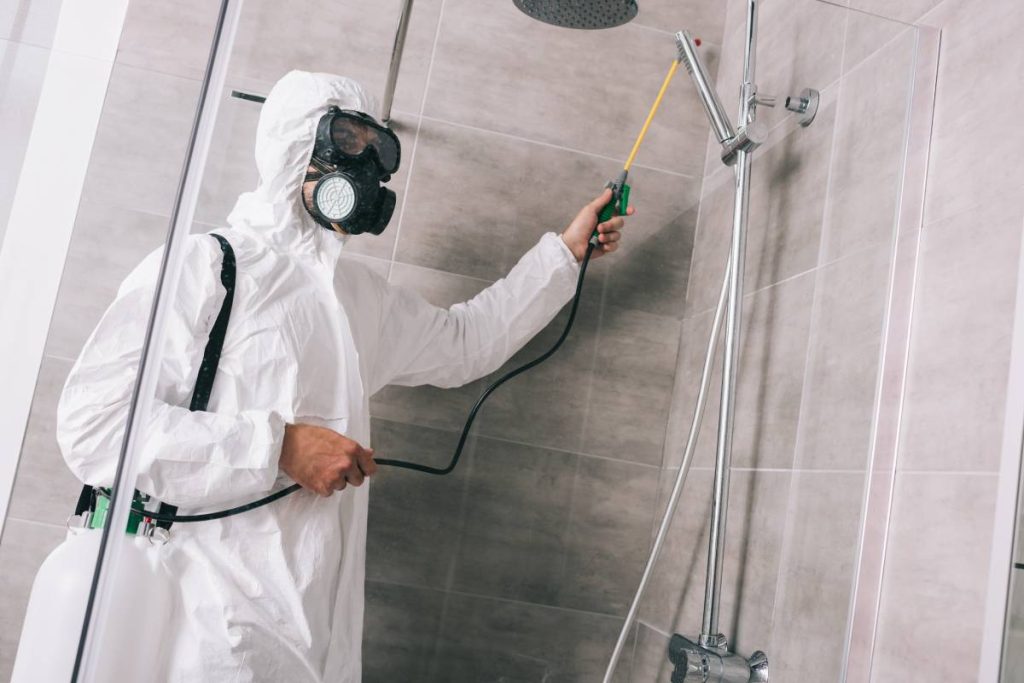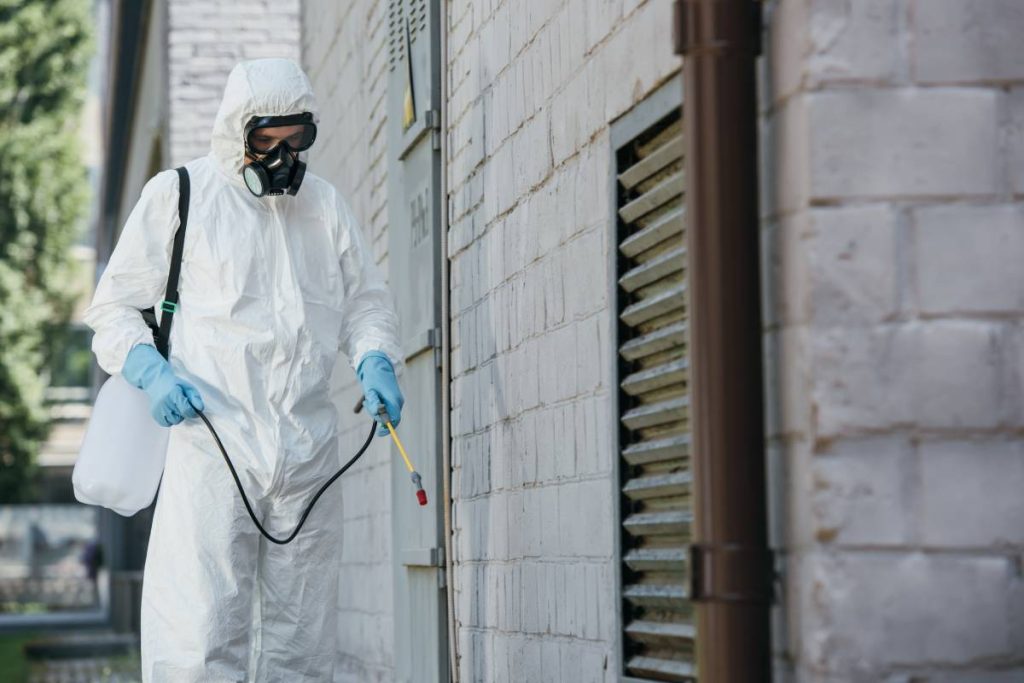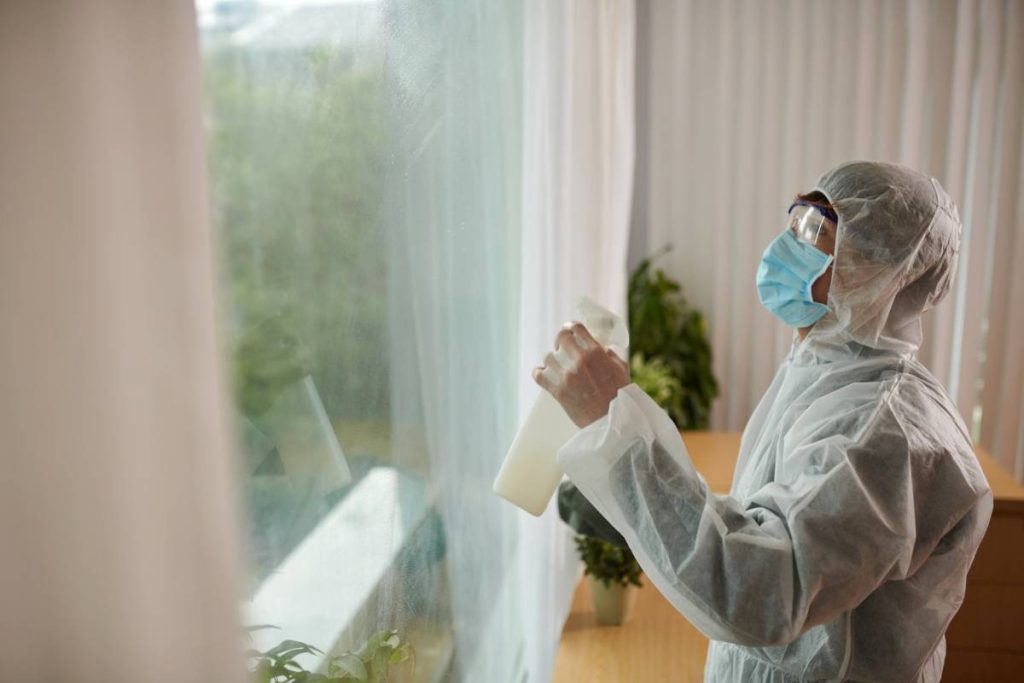Pest control is a vital aspect of maintaining a healthy and comfortable living environment. Whether you’re a homeowner or a tenant, understanding what’s involved in pest control is crucial for addressing and preventing pest-related issues effectively.
In this discussion, we will explore three key facets of pest control, namely the importance of end-of-lease pest control in Australia, the responsibility for pest control expenses in rental properties, and the various components included in a comprehensive pest control plan.
What is end-of-lease pest control in Australia?
End-of-lease pest control in Australia refers to the process of managing and eliminating pests from a rental property before the lease agreement comes to an end. This is a crucial step to ensure that the property is in good condition and pest-free when tenants move out.
Why is it important?
End-of-lease pest control is important for both tenants and landlords. For tenants, it is their responsibility to leave the property in the same condition it was in at the beginning of the lease. For landlords, it ensures that the property remains in good condition for the next tenant, minimizing the risk of pest infestations.
What does it involve?
The process typically involves hiring a professional pest control service. These experts inspect the property for any signs of pests and then use appropriate methods to eliminate them. Common pests targeted include ants, cockroaches, rodents, and termites. The goal is to leave the property pest-free, meeting the standards set by landlords and property managers.

When should it be done?
End-of-lease pest control is usually done just before tenants move out. This timing allows for any pest issues to be addressed before the final inspection by the landlord or property manager. It’s a proactive measure to prevent any complications or disputes related to pest infestations during the lease turnover.
Who is responsible for it?
Typically, the responsibility for end-of-lease pest control is shared between the tenant and the landlord. The lease agreement usually outlines the expectations regarding pest control. In many cases, tenants are required to arrange and pay for the pest control service, while landlords may take care of it if the property is part of a managed complex.
Cost considerations
The cost of end-of-lease pest control varies, but tenants should be aware that it’s often a necessary expense when moving out. Some landlords may refund the cost if the property is left in good condition, while others may require tenants to cover the entire expense.
In summary, end-of-lease pest control is a vital step to maintain a clean and habitable rental property. It involves hiring professionals to eliminate pests, should be done before moving out, and is typically a shared responsibility between tenants and landlords.
In Australia, the question of whether the landlord pays for pest control often depends on the specific terms outlined in the lease agreement. Let’s break it down.
1. Lease Agreement Terms: The responsibility for pest control expenses is typically defined in the lease agreement between the tenant and the landlord. It’s essential for tenants to carefully review the terms of their lease to understand who bears the cost of pest control services.
2. Tenant Responsibility: In many cases, tenants are responsible for arranging and covering the costs of pest control services. This means that if pests are discovered during the tenancy or at the end of the lease, the tenant is expected to hire a professional pest control service and pay for the treatment.

3. Shared Responsibility: Sometimes, lease agreements may specify that pest control costs are shared between the landlord and the tenant. In such cases, the division of responsibility is outlined, and both parties contribute to the expenses. This could be a predetermined percentage split or a specific arrangement detailed in the lease.
4. Landlord Responsibility: In certain situations, landlords may take on the responsibility of pest control. This is more common in managed properties or rental complexes where the landlord or property management company oversees maintenance and pest control issues. In such cases, the landlord arranges and pays for the pest control services.
5. Special Circumstances: In some instances, landlords may cover pest control costs as a goodwill gesture or if the infestation is a result of pre-existing conditions in the property. However, this is often determined on a case-by-case basis and may not be a standard practice.
6. Clear Communication: To avoid misunderstandings, clear communication between the landlord and tenant is crucial. If pest issues arise, tenants should promptly inform the landlord, and both parties should discuss and agree on how to address the situation, including who will bear the associated costs.
Whether the landlord pays for pest control in Australia depends on the terms outlined in the lease agreement. Tenants should carefully review their lease, and both parties should communicate openly to determine responsibilities for pest control expenses.
What is included in pest control?
Pest control involves a variety of methods and techniques to manage and eliminate unwanted pests. According to this, They include insecticides used for insect control, herbicides used for weed control, fungicides used for fungi and mould control, and rodenticides used for rodent control. Household pests can include insects such as flies, cockroaches and mosquitoes, or rodents like mice or rats.
And here’s how they do it:
- Inspection: The first step in pest control is a thorough inspection. Pest control professionals assess the property to identify the type of pests present, their entry points, and the extent of the infestation. This helps in devising an effective control strategy.
- Identification of Pests: Different pests require different treatments. Pest control services identify the specific pests troubling a property, whether it’s ants, cockroaches, rodents, termites, or other insects. Knowing the enemy is key to implementing the right control measures.
- Treatment Planning: Once pests are identified, a treatment plan is developed. This plan outlines the methods and products that will be used to control and eliminate the pests. It may include chemical treatments, baits, traps, or a combination of these, depending on the situation.
- Chemical Treatments: Chemical treatments are commonly used in pest control. Pesticides are applied to targeted areas to kill or repel pests. These chemicals are chosen based on their effectiveness and safety for both humans and pets. Professionals follow strict guidelines to ensure proper application.
- Non-Chemical Methods: In addition to chemical treatments, pest control may involve non-chemical methods. This can include using physical barriers, such as sealing entry points, employing traps, and employing biological controls like introducing natural predators or parasites to control pest populations.
- Prevention Measures: Pest control isn’t just about getting rid of existing pests; it also involves implementing measures to prevent future infestations. This may include sealing cracks and gaps in the structure, proper waste management, and maintaining a clean environment to eliminate attractants for pests.
- Monitoring and Follow-up: After the initial treatment, pest control professionals monitor the situation to ensure the effectiveness of the measures taken. Follow-up visits may be scheduled to address any lingering issues or to prevent a recurrence of the problem.
- Education and Advice: Part of pest control services includes educating homeowners or tenants about preventive measures. This may involve providing advice on proper sanitation, storage practices, and landscaping to minimize the risk of pest infestations.
In summary, pest control encompasses a comprehensive approach, including inspection, identification, treatment planning, chemical and non-chemical methods, prevention measures, monitoring, and education. Professionals tailor these strategies to the specific pest issues present, aiming for effective and long-term pest management.
In conclusion
A proactive approach to pest control is essential for the well-being of both homeowners and tenants. End-of-lease pest control ensures a smooth transition between occupants, minimizing the risk of pest-related complications.
Understanding who bears the cost of pest control in rental properties fosters clear communication and collaboration between landlords and tenants.
Lastly, recognizing the various elements included in pest control, from inspection to prevention, empowers individuals to create a living space that is not only pest-free but also conducive to long-term health and comfort.


























